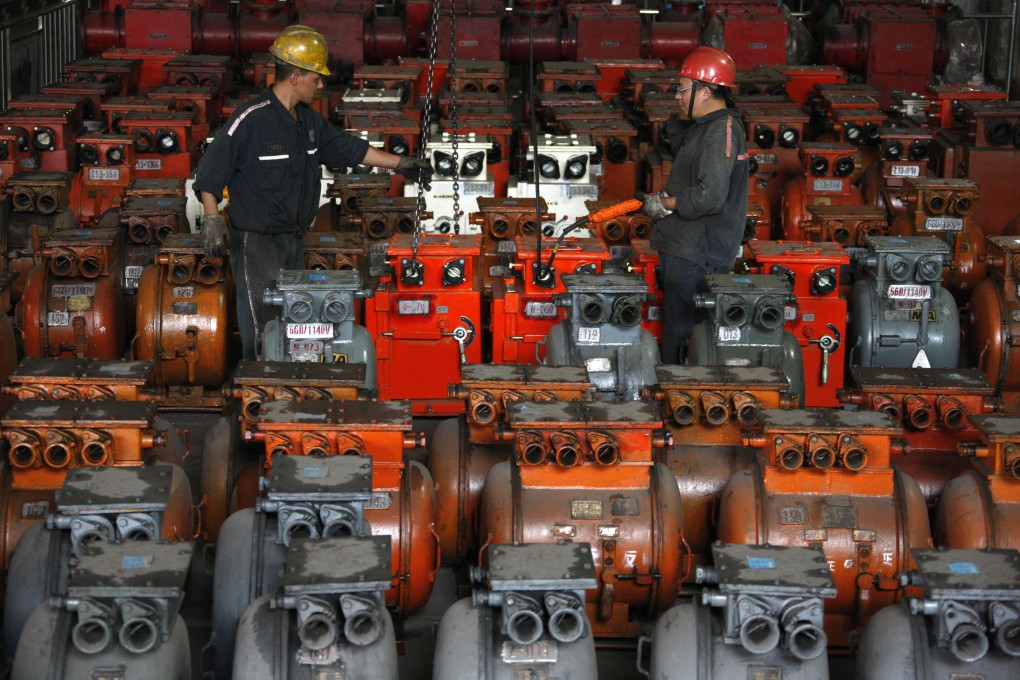Update | China January FDI grows at fastest clip in four years, services sector the biggest draw

Foreign direct investment (FDI) in China grew at its strongest pace in nearly four years in January, surging 29.4 per cent from a year earlier to US$13.9 billion (HK$108 billion) as investors largely shunned the troubled manufacturing sector and focused on the more resilient services industry.
But analysts cautioned about reading too much into economic indicators for January alone, given the strong seasonal distortions caused by the timing of the Lunar New Year holidays, which began on Jan. 31 last year but start on Feb. 19 this year.
January FDI rose 4.5 per cent from December, the Commerce Ministry said on Monday. In terms of value, January FDI was the highest since June 2014.
Earlier data showed FDI in China rose just 1.7 per cent in 2014, the slackest pace since 2012. The weak performance underscored a cooling economy which is spurring more Chinese firms to plough money into assets overseas in a trend that is soon set to overtake inbound investment.
Foreign direct investment is an important gauge of the health of the world economy and is also a good indicator of where capital is flowing within the country.
Shen Danyang, the ministry’s spokesman, told reporters that China’s foreign direct investment will be stable for 2015, but it was too early to predict whether China will continue to be the world leader in attracting FDI this year.
China overtook the United States to become the top destination for FDI in 2014, largely due to falling inflows caused by a deal between US firm Verizon Communications Inc!and its British partner Vodafone, according to the United Nations economic think-tank UNCTAD.